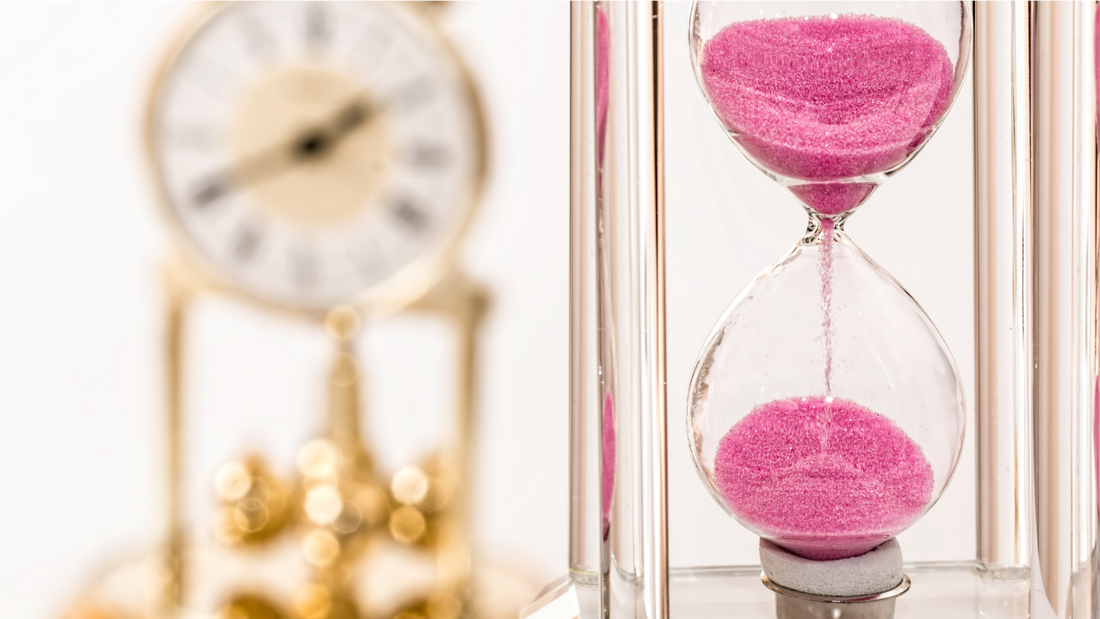
How to Structure Your Day for Focus, Flow, and Creativity
Share
In a culture that glorifies hustle, it’s easy to lose sight of our natural rhythms. This post explores how aligning productivity with personal energy patterns can help prevent burnout and foster creativity in a more sustainable way.
Our Obsession with Productivity
Our obsession with productivity has been a defining characteristic of the last century, driven by technological advances and the increased efficiency of manual labor—pushing us to pick up the pace and work harder—moving faster and expecting more.
Nearly one in four Americans show signs of work addiction. When we define our worth by our productivity, other areas of life fall out of balance—time with family and friends, exercise, hobbies, and rest.
Aligning Your Productivity with Your Energy
In her book Tiny Experiments, neuroscientist Anne-Laure Le Cunff writes:
"Whether due to sleep habits, hormonal fluctuations, or seasonal changes, everyone has unique cycles or productivity highs and lows throughout the day, the week, and the year."
Often, we don't pause to consider when we feel most productive, and when we have less energy. We treat our days like our energy is the same all the time, when in fact, most of us have what Le Cunff calls a "magic window" during the day—a time in which we are most productive.
While energy patterns vary for people depending on life stage and age, there is a common rhythm many adults experience:
Morning - Many people have the highest energy in the morning. This is a great time to tackle big projects and do your most focused work.
Afternoon - Afternoon often brings a bit of a slump. This is a good time to have routine meetings do administrative things that require less brainpower. It's also a great time to move your body—a short yoga practice or walk with the dog can do wonders for your energy.
Evening - Some experience a second wind in the evening, with a burst of creativity and energy—though typically not as much energy as they did in the morning.
How to Identify Your Productivity Window
Can you identify with this pattern? If not, try keeping track of your energy levels throughout the day for a week or two, so you can become more aware of your energy highs and lows. In the longer term, you can look at your energy patterns by season as well.
LeCunff points out: "As you grow older, changes in your lifestyle and responsibilities can influence your natural rhythms. For instance, young adults may find themselves more alert in the evening hours, but as they age they find their best hours are in the morning."
For me, my most productive time is in the morning. After the kids head to school, I tidy the kitchen, get ready for the day, and settle in. That's when I do focused writing or work on my art. I find it's my best time to be creative. In the afternoons I prefer to do admin tasks that require less focus, work on my website, or run errands. In the evening, I usually get a short second wind to wrap up small tasks and prepare for the next day.
These things vary a bit by day and by season, but I've found it helpful to think about my work in the context of these energy patterns. It's a way to work with your energy instead of against it.
What About You?
How can awareness of your energy patterns help you? Are you more energetic in the morning or evening?
Reference:
Le Cunff, A. (2025) Tiny Experiments: How to Live Freely in a Goal Obsessed World.
Author: Katie Weaver
You may also like:
How to Wire Your Brain for Happiness
5 Benefits of Art & Crafting for Mental Health and Connection
Returning to Childhood Hobbies and Interests
Sign up for my newsletter here.
*My twice a month newsletter includes studio updates, inspiration behind my work, and links to all the blog posts so you won't miss anything! I'd love to have you join my community!
